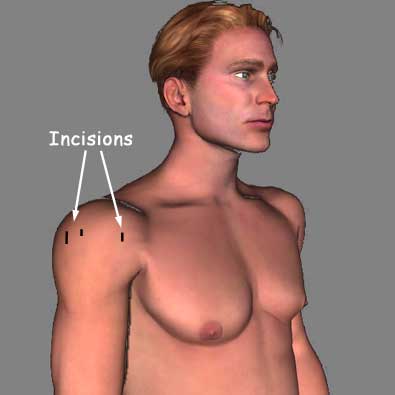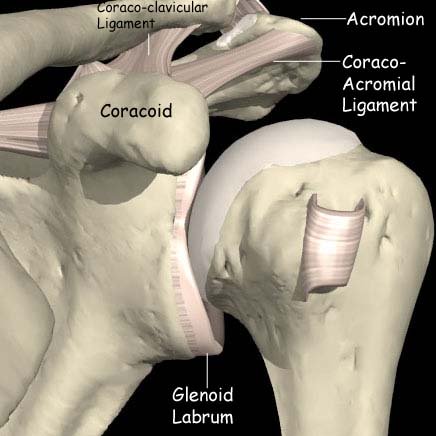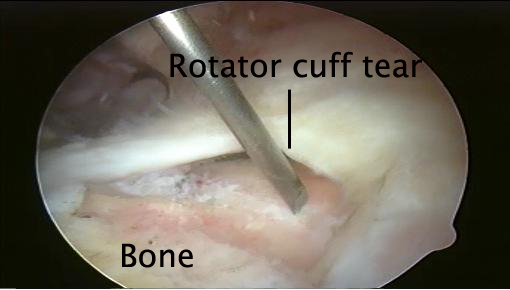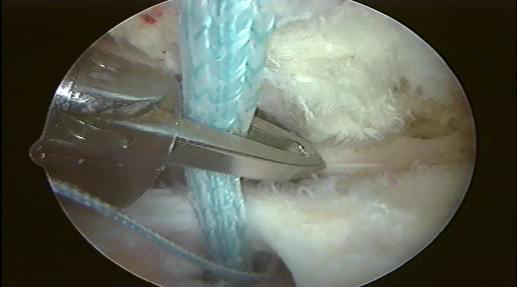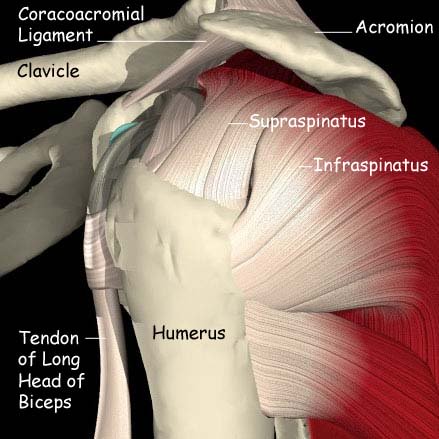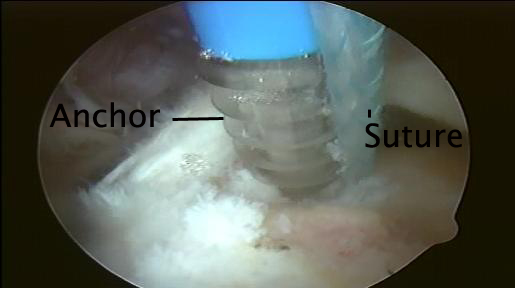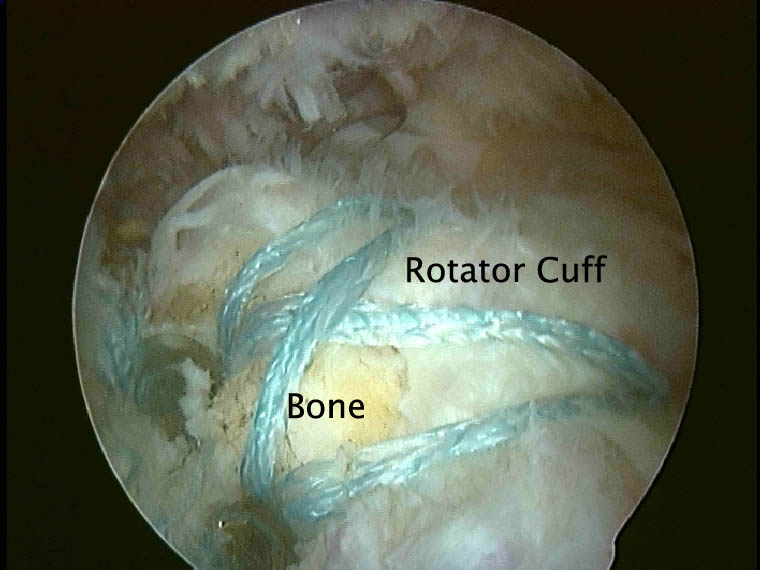Risks associated with Rotator Cuff Repair
All surgical procedures have some element of risk attached.
The risks outlined below are the most common or most significant that have been reported.
Continued pain: 5%
Usually all the pain is removed. Some patients experience mild pain on overhead activities. Rarely is the pain not improved by surgery.
Infection: less than 0.1%
If an infection does occur it is usually superficial in the wounds and is easily treated with antibiotics.
Rarely the infection can be deep inside the joint and this requires surgery to wash the joint out.
Nerve damage: less than 0.1%
The axillary nerve runs close to the bottom of the joint and, if damaged causes weakness of the deltoid muscle and difficulty in raising the arm.
Stiffness: 1%
The shoulder will often become stiff after surgery and this usually settles with physiotherapy. Rarely the shoulder can become very stiff and require manipulation or arthroscopic release surgery.
Tendon re-tear : 6%
Tearing of the rotator cuff following repair does happen. The risks are increased with larger tears and older patients. Tendon re-tear does not guarantee a poor result, return of pain, or poor function but often does mean a loss of strength.

